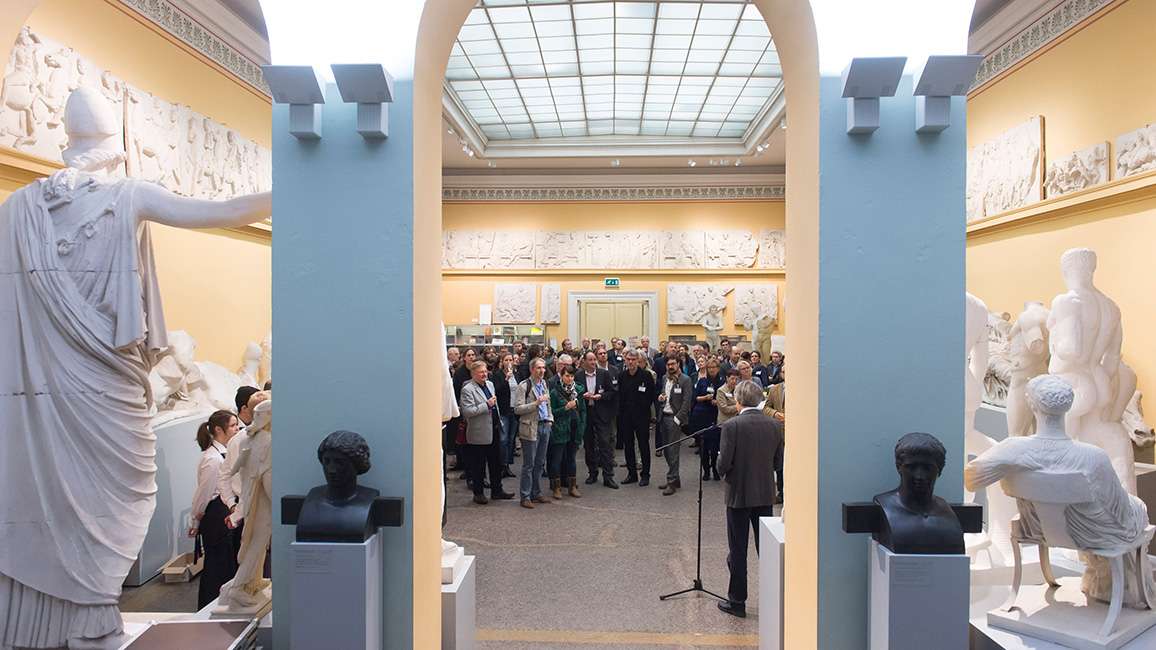Research can decode the "language" of objects and transform them into sources that show not only how and why societies make things, but also how these societies are organized. Interdisciplinary research often focuses on items contained in museums and collections. However, objects and artefacts from the everyday world surrounding us also play a role. Researchers reveal the wealth of knowledge embodied in cultural heritage objects, as well as the numerous scientific and societal uses which lie concealed within them.
Following the successful funding of 24 interdisciplinary collaborative research projects under the 2012 and 2013 funding programmes, „Sprache der Objekte“ (Language of Objects) was re-published in 2017. In total, the BMBF has invested a good €50 million in research into and preservation of the cultural heritage in the Federal Republic of Germany in the three "Language of Objects" funding programmes. Since the middle of 2018, 27 collaborative projects have been deciphering the language of objects.
Here is just one of many good examples of the language of objects: Over the course of the industrial age, meat has gone from being a symbol of progress and a high standard of living to a marker of poor diet, environmental destruction and the suffering of animals. The project "Fleischwissen: Verdinglichung des Lebendigen: Fleisch als Kulturgut" (Meat knowledge: Reification of the Living: Meat as a Cultural Asset) shows how, in this context, animals become food. Consideration is also given to (historical) instruments and places where cutting, preparation and consumption take place. In this way, it is possible to understand how meat becomes a bearer of cultural significance and how objects function as reservoirs of knowledge.


